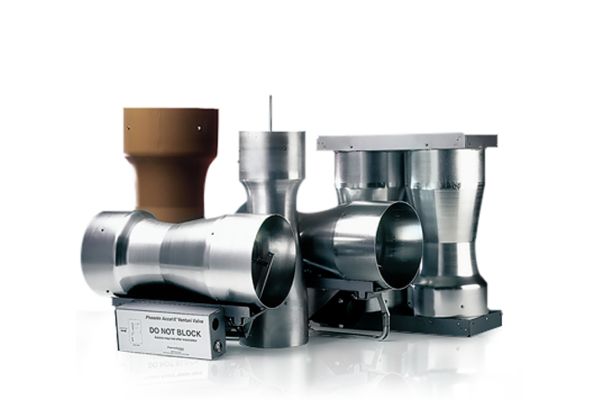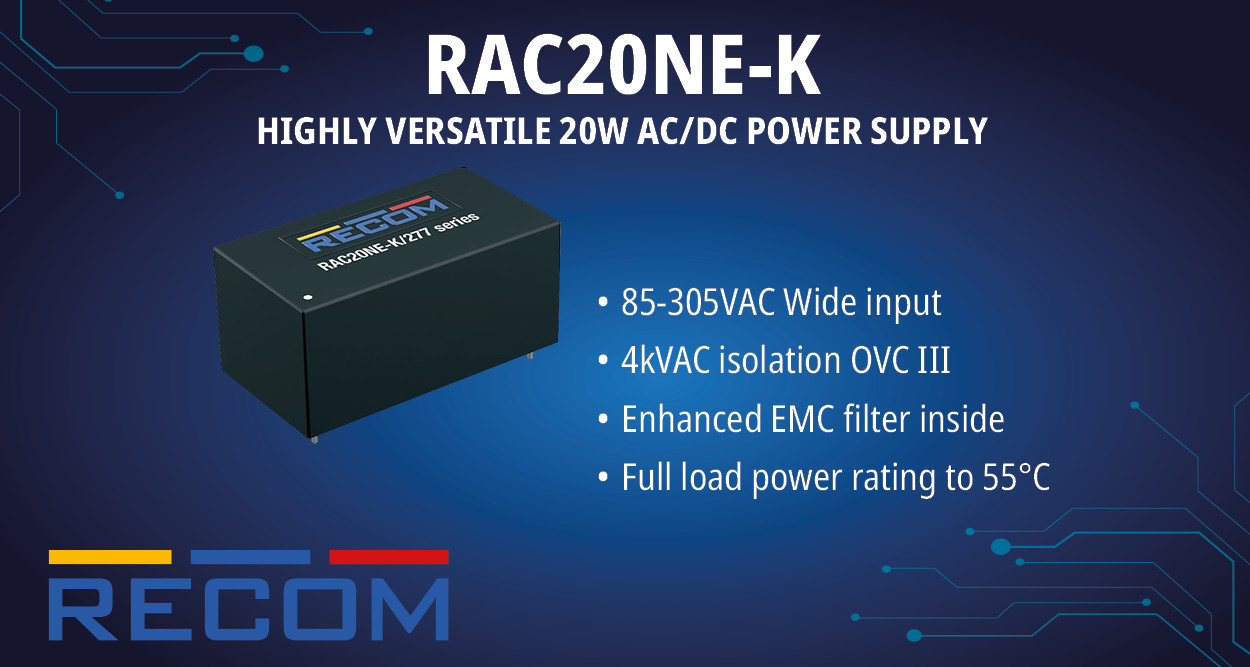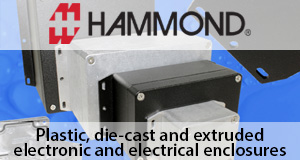The global airflow and zone control equipment market size is expected to reach around USD 9.00 billion by 2034 from USD 5.37 billion in 2024, with a CAGR of 5.30%.
Airflow and Zone Control Equipment Market Key Insights
- Asia Pacific led the airflow and zone control equipment market with the highest revenue share of 39% in 2024.
- North America is projected to record the fastest CAGR of 5.4% from 2025 to 2034.
- By product, the dampers segment accounted for the largest revenue share of 34% in 2024.
- By product, the airflow regulators segment is anticipated to grow at a notable CAGR during the forecast period.
- By operation, the manual segment generated the highest revenue share of 67% in 2024.
- By operation, the automatic segment is forecast to expand at the fastest CAGR from 2025 to 2034.
- By application, the commercial segment dominated with a major revenue share of 68% in 2024.
- By application, the residential segment is expected to witness the fastest CAGR between 2025 and 2034.
- By deployment, the new installation segment held the largest revenue share of 68% in 2024.
By deployment, the replacement segment is projected to grow at a significant CAGR over the forecast period. - By distribution channel, the wholesale stores segment led with a 52% revenue share in 2024.
- By distribution channel, the online segment is expected to register the highest CAGR from 2025 to 2034.
What is Airflow and Zone Control Equipment?
Airflow and zone control equipment includes devices used to regulate, manage, and distribute airflow within HVAC (Heating, Ventilation, and Air Conditioning) systems. These systems allow for precise control over air distribution across different areas or zones within buildings, ensuring optimal temperature, air quality, and energy efficiency. Common components include dampers, airflow regulators, diffusers, actuators, and controllers, used in both residential and commercial applications.
Why is it Important?
This equipment plays a vital role in improving indoor comfort and energy efficiency. By directing airflow only where it’s needed, zone control systems help reduce energy consumption and operating costs. They are particularly crucial in buildings with varied usage patterns, such as offices, malls, hospitals, and smart homes. The growing demand for sustainable and intelligent building technologies, along with stricter regulations on energy usage, is driving the adoption of airflow and zone control equipment across the globe.
How Does AI Improve Airflow and Zone Control Efficiency?
AI enhances airflow and zone control systems by enabling real-time, adaptive responses to changes in indoor conditions. Through machine learning and smart sensors, AI can analyse data such as occupancy, temperature, humidity, and CO₂ levels to automatically adjust dampers and regulators. This leads to optimized airflow distribution, improved comfort, and reduced energy consumption across different zones within a building.
AI supports predictive maintenance by identifying equipment issues before they lead to failure, thus minimizing downtime and maintenance costs. It also enables integration with smart building systems for automated and remote control of HVAC zones. By using AI-driven insights, building operators can enhance system performance, extend equipment life, and contribute to sustainability goals through smarter energy use.
Market Scope
| Report Coverage | Details |
| Market Size by 2034 | USD 9.00 Billion |
| Market Size in 2025 | USD 5.65 Billion |
| Market Size in 2024 | USD 5.37 Billion |
| Market Growth Rate from 2025 to 2034 | CAGR of 5.30% |
| Dominating Region | Asia Pacific |
| Fastest Growing Region | North America |
| Base Year | 2024 |
| Forecast Period | 2025 to 2034 |
| Segments Covered | Type, Technology, Component, End Use, and Region |
| Regions Covered | North America, Europe, Asia-Pacific, Latin America, and Middle East & Africa |
Regional Outlook of the Airflow and Zone Control Equipment Market
Asia Pacific
Asia Pacific leads the global airflow and zone control equipment market, accounting for more than 39% of the revenue share in 2024 and reaching a market size of USD 2.04 billion that year. The region is projected to grow at a CAGR of 5.46% through 2034, driven by rapid urbanization, significant investments in commercial infrastructure, and the expansion of the building industry.
The growth of smart cities, high-rise buildings, and industrial facilities requiring advanced HVAC and zoning solutions further boosts demand. Increased awareness of indoor air quality and energy efficiency, along with supportive government policies for smart infrastructure and green buildings, solidify Asia Pacific’s market dominance.
North America
North America is the fastest-growing region in the airflow and zone control equipment market, with a projected CAGR of 5.4% in the coming years. The region’s growth is fueled by a shift toward energy-efficient buildings and the retrofitting of aging HVAC infrastructure.
The adoption of smart home systems, building automation, and AI-driven HVAC technologies is accelerating demand across both residential and commercial sectors. Additionally, stricter energy efficiency standards and financial incentives are encouraging building owners to upgrade to automated airflow solutions, with a strong focus on indoor air quality in healthcare and office environments.
Europe
Europe remains a significant market, characterized by a strong emphasis on sustainability and strict building energy performance regulations. The adoption of smart HVAC solutions is increasing in both new construction and retrofits, especially in office buildings, public spaces, and industrial settings.
The drive for carbon neutrality and compliance with building codes such as EPBD and EN standards is encouraging widespread integration of zone control systems. Early adoption of building management systems (BMS) and green certification initiatives also supports market expansion in the region.
Segmental Analysis of the Airflow and Zone Control Equipment Market
By Product
Dampers are the dominant product segment, holding over 34% of the revenue share in 2024. They are widely used in commercial and industrial HVAC installations due to their affordability, ease of use, and low maintenance. Their compatibility with both new construction and retrofit projects makes them a preferred choice for facility managers.
Airflow regulators are the fastest-growing segment, driven by the need for precise, real-time ventilation adjustments in high-tech environments like data centers, cleanrooms, and healthcare facilities.
By Operation
Manual airflow systems accounted for the largest revenue share (67% in 2024), favored in budget-conscious projects and older buildings for their simplicity and low installation costs. These systems are common in mild commercial settings where dynamic control is less critical.
The automatic segment is growing rapidly, propelled by the adoption of sensors, actuators, and remote interfaces that enable real-time, energy-efficient climate control. Automation is particularly attractive for smart buildings and retrofit projects seeking zoning flexibility and integration with IoT platforms.
By Application
The commercial segment dominated the market with more than 68% revenue share in 2024. Offices, hospitals, schools, and retail spaces require precise ventilation and zoning to meet comfort, safety, and energy goals. Investments in building management systems (BMS) and adherence to ventilation regulations reinforce the segment’s leadership.
The residential segment is expanding quickly, fueled by the popularity of smart homes and energy-efficient living. Homeowners are increasingly adopting Wi-Fi-enabled airflow systems, smart thermostats, and zone dampers for customized comfort and energy savings.
By Deployment
New installations led the market with a 68% revenue share in 2024, as zoning systems are increasingly integrated into HVAC designs during construction to optimize energy efficiency and comply with regulations.
Replacement and retrofit installations are the fastest growing, driven by the need to update aging infrastructure, reduce energy costs, and improve indoor air quality. Financial incentives and easy-to-install retrofit kits further support this segment’s growth.
By Distribution Channel
Wholesale stores dominated with a 52% revenue share in 2024, serving as the main procurement source for HVAC professionals and large commercial projects due to bulk purchasing benefits and technical support.
The online channel is growing the fastest, as digital purchasing offers convenience, product variety, and real-time comparisons, appealing to both DIY users and small contractors.
Role of Key Companies in the Airflow and Zone Control Equipment Market
Panasonic Corporation
Panasonic supplies advanced airflow and zone control solutions, focusing on energy-efficient HVAC products for residential and commercial use. The company integrates smart and IoT-enabled technologies to improve indoor air quality and optimize energy usage.
Carrier
Carrier is a global leader in HVAC and building solutions, offering innovative airflow control equipment like dampers, actuators, and zoning systems. Their products enhance comfort, efficiency, and regulatory compliance in both commercial and residential buildings.
Broan-NuTone, LLC
Broan-NuTone specializes in residential ventilation and zone control systems, helping improve indoor air quality and energy efficiency. Their solutions are commonly used in kitchens, bathrooms, and whole-house ventilation.
Zehnder America
Zehnder America is known for premium ventilation and air distribution systems, especially in energy-efficient and passive house projects. Their products ensure optimal airflow and healthy indoor environments.
Daikin Industries, Ltd.
Daikin is a global HVAC leader, providing a wide range of airflow and zone control equipment. The company emphasizes innovation in energy-efficient and smart HVAC technologies for commercial, industrial, and residential projects.
Greenheck Fan Corporation
Greenheck manufactures commercial ventilation equipment, including dampers, louvers, and airflow control systems. Their products are widely used in large buildings and industrial facilities for effective ventilation and zoning.
Ruskin
Ruskin produces air control solutions such as dampers, louvers, and zoning products, focusing on energy efficiency and system reliability. Their products are often integrated with building automation systems.
Aldes Group (American Aldes Ventilation Corporation)
Aldes Group offers advanced ventilation and airflow management solutions for commercial and residential sectors. Their products support energy-efficient building standards and improved indoor air quality.
Trane Technologies
Trane provides HVAC and zone control systems with a focus on sustainability, smart building integration, and energy efficiency. Their solutions are widely adopted in commercial and industrial environments.
RenewAire
RenewAire specializes in energy recovery ventilators (ERVs) and advanced airflow solutions that reduce energy consumption while maintaining high indoor air quality for both new and retrofit projects.
S&P USA Ventilation Systems, LLC
S&P USA delivers a broad range of ventilation and airflow control products for commercial, industrial, and residential applications, focusing on efficient and reliable airflow management.
Zonex Systems
Zonex Systems is known for innovative zoning solutions that enable customizable temperature and airflow control in different building zones, suitable for both commercial and residential smart HVAC systems.
Arzel Zoning
Arzel Zoning specializes in retrofit zoning systems, allowing easy addition of zone control to existing HVAC setups. Their solutions are valued for simple installation and enhanced comfort.Aprilaire
Aprilaire focuses on indoor air quality products, including zone control systems, humidifiers, and air purifiers, widely used in residential settings for healthier and more comfortable living environments.

















